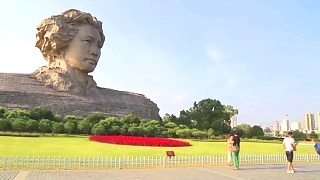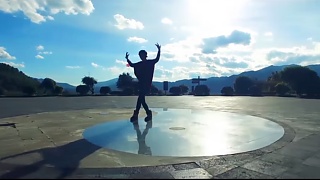Mind control is not only very real; it is everywhere.
It is simply controlling what you 'know'.
With MagnatesMedia ...
[640],shadow=true,start=,stop=Live more ...
 On truth – part 2
On truth – part 2Mind control is not only very real; it is everywhere.
It is simply controlling what you 'know'.
With MagnatesMedia ...
[640],shadow=true,start=,stop=

|

|
Provincial capital of HuNan province.
|

|
Two beautiful films.
Unique and made with love - that's what BeijingBuzzz is all about ...
|

|
Don't try this (and we mean that), but enjoy the views (if not feeling a tad dizzy and just about ready to fall, or jump, off) ...
ShangHai travelling for $20, part 2.
|

|

|

|
With Walk East ...
|